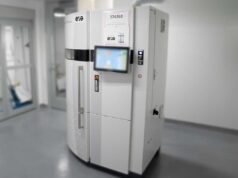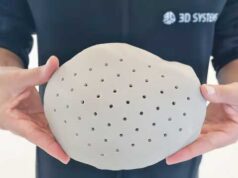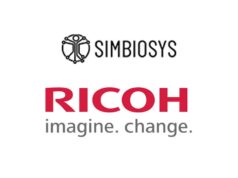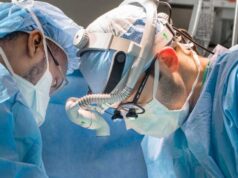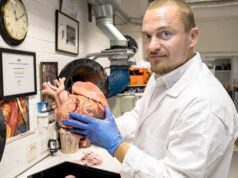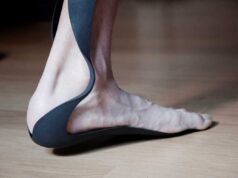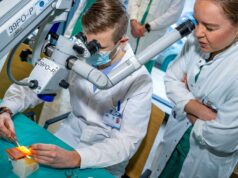Vor kurzem wurde eine Patentanmeldung der kanadischen Firma Orthopaedic Innovation Center Inc. veröffentlicht, bei welcher es sich um den additiven Herstellungsprozess von antimikrobiellen Implantatsteilen handelt.
Ziel dieser Methode ist es, Implantate bereits beim 3D-Druck mit Antibiotika oder antimikrobiellen Medikamenten zu versetzen. Dadurch kann das Medikament optimal dosiert direkt an der betroffenen Stelle eingesetzt werden.
Bei der Herstellung selbst können verschiedene Prozesse, wie zum Beispiel FDM oder SLS, zur Anwendung kommen.
Im Zuge der FDM Methode werden Antibiotika mit Biopolymeren wie PLA oder PCL während der Filamentherstellung vermischt. Diese resorbierenden Materialien werden dann später im Körper wieder abgebaut und geben somit das Medikament frei. Ärzte könnten die Dosis des Antibiotikums vor der Herstellung des Filaments, mit dem das Implantat gedruckt werden soll, bestimmen.
“An antibiotic-eluting article for implantation into a mammalian subject, produced by an additive manufacturing process wherein a polymeric material is concurrently deposited with a selected antibiotic. The additive manufacturing process may be a fused deposition modeling process, a selective laser sintering process, a selective heat sintering process, a digital light processing process, or a stereolithography process. The antibiotic-eluting article may be temporary or permanent orthopaedic skeletal component, an orthopaedic articulating joint replacement component, and/or an external hard-shell casing for an implantable device. One or more bone-growth-promoting compositions may be concurrently deposited with the polymeric material. The implantable device may be a cardiac pacemaker, a spinal cord stimulator, a neurostimulation system, an intrathecal drug pump for delivery of medicants into the spinal fluid, and infusion pump for delivery of chemotherapeutics and/or anti- spasmodics, an insulin pump, an osmotic pump, and a heparin pump.”
via Orthopaedic Innovation Centre



